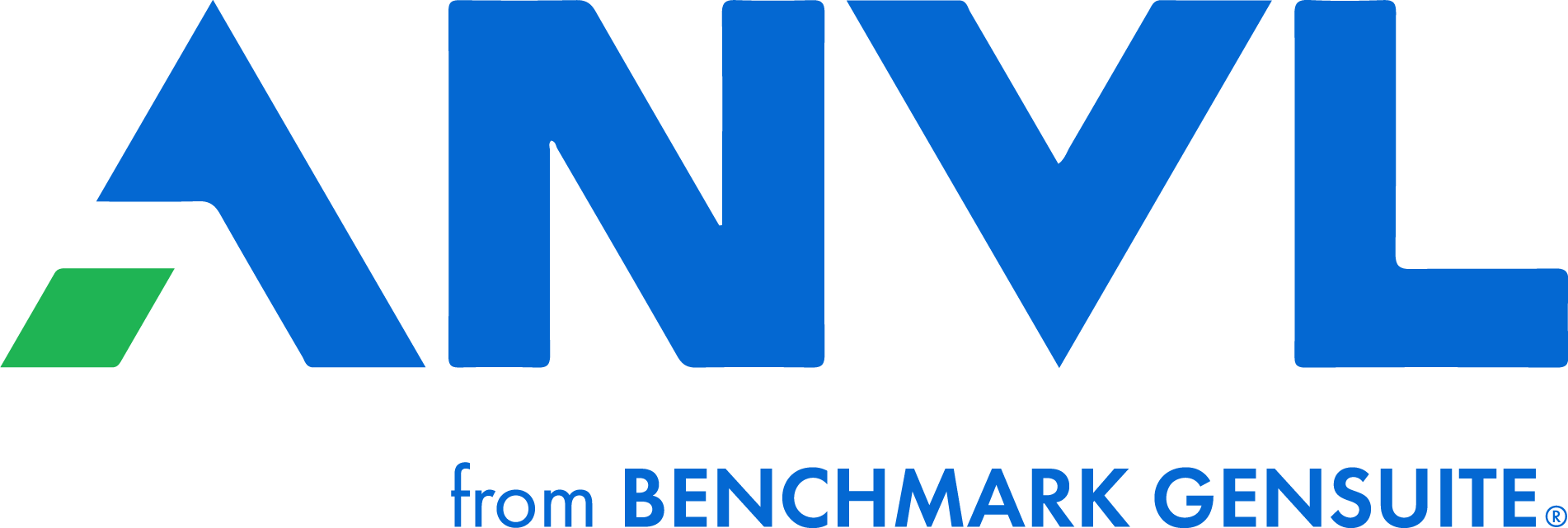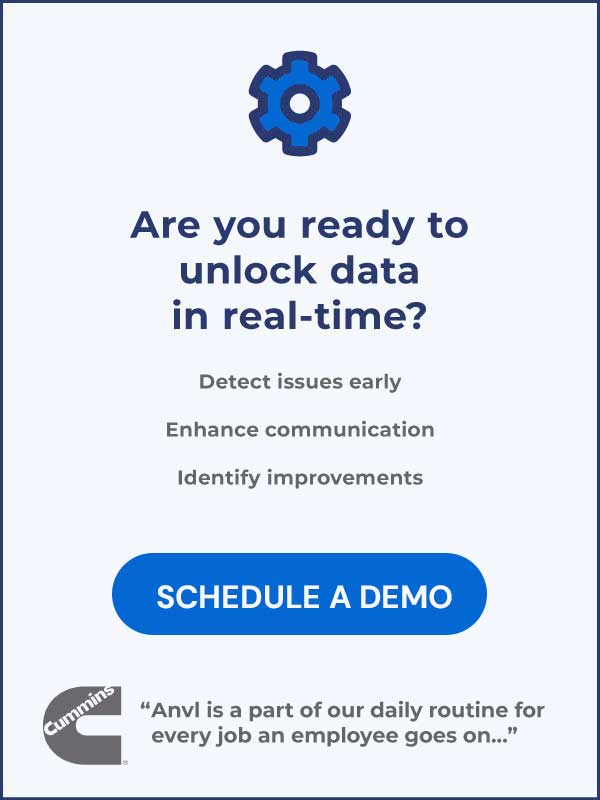Effective worker safety practices and operational efficiency are crucial for the success of any organization, especially in industrial industries. With numerous challenges and potential risks involved in these sectors, companies must prioritize the well-being of their workers while striving to maximize productivity and minimize costs. However, maintaining a safe and efficient environment can be a complex task, often requiring significant time and effort from managers and supervisors.
#1 Minimizing Cost Efficiency
One of the key benefits of a digital platform is its ability to minimize cost inefficiencies within industrial operations. Traditional safety management approaches often involve manual processes, paperwork, and inefficient communication channels. This not only increases the risk of errors and delays but also consumes valuable time and resources. With digital transformation, companies can streamline safety processes and automate workflows, allowing managers and supervisors to spend less time on finding problems and more time on solving them. By reducing administrative tasks and improving operational efficiency, organizations can achieve cost savings and allocate resources more effectively.
#2 Creating a Tailored Solution
Industrial industry companies are unique, with their own set of safety requirements and challenges. To address this, digital platforms offer a tailored solution that can be customized to fit the specific needs of each organization. By providing configurable checklists, forms, and safety protocols, digital transformation ensures that companies can implement safety practices that align with their operations. This level of customization not only enhances worker safety but also improves efficiency by allowing organizations to focus on the areas that matter most to their business.
#3 Maintaining Data Integrity
Maintaining data integrity is another critical aspect for industrial industries. A digital platform can enable real-time data collection and analysis, ensuring that safety-related information is accurate and up to date. By digitizing safety processes, companies can eliminate the risk of lost or misplaced paperwork and reduce human error in data entry. Moreover, digital transformation provides a centralized database for all safety-related information, making it easier to track and manage safety incidents, inspections, and audits. This comprehensive approach to data management enhances transparency, accountability, and overall safety performance.
#4 Real Time Reporting and Data Collection
Real-time reporting is a game-changer in industrial industries, where timely information is crucial for decision-making and incident response. Digital transformation empowers companies with real-time reporting capabilities, allowing them to access key safety metrics and insights instantly. Managers and supervisors can monitor worker safety in real-time, identify potential risks or compliance issues, and take proactive measures to mitigate them. By having a clear and up-to-date view of safety performance, organizations can make informed decisions, improve safety protocols, and prevent incidents before they occur.
In addition, having mobile functionality ensures that workers on the ground can actively participate in safety processes. Through a mobile app, employees can report safety concerns, complete checklists, and access safety resources and training materials. This level of engagement empowers workers to actively contribute to their own safety and the safety of their colleagues, fostering a culture of safety throughout the organization.
How Anvl Can Help
Anvl offers a connected worker safety platform that aims to transform the industry by optimizing efficiency and safety simultaneously. By optimizing efficiency and safety simultaneously, organizations can reduce costs, enhance productivity, and protect their most valuable asset—their workers. With features such as tailored solutions, data integrity, real-time reporting, and mobile functionality, Anvl provides a comprehensive and innovative approach to worker safety. By embracing this transformative platform, companies can create a safer and more efficient working environment, driving long-term success in the transportation and logistics industry.
Anvl: Let’s Get to Work
Ready to see how Anvl can impact your organization? Contact one of our experts today.


